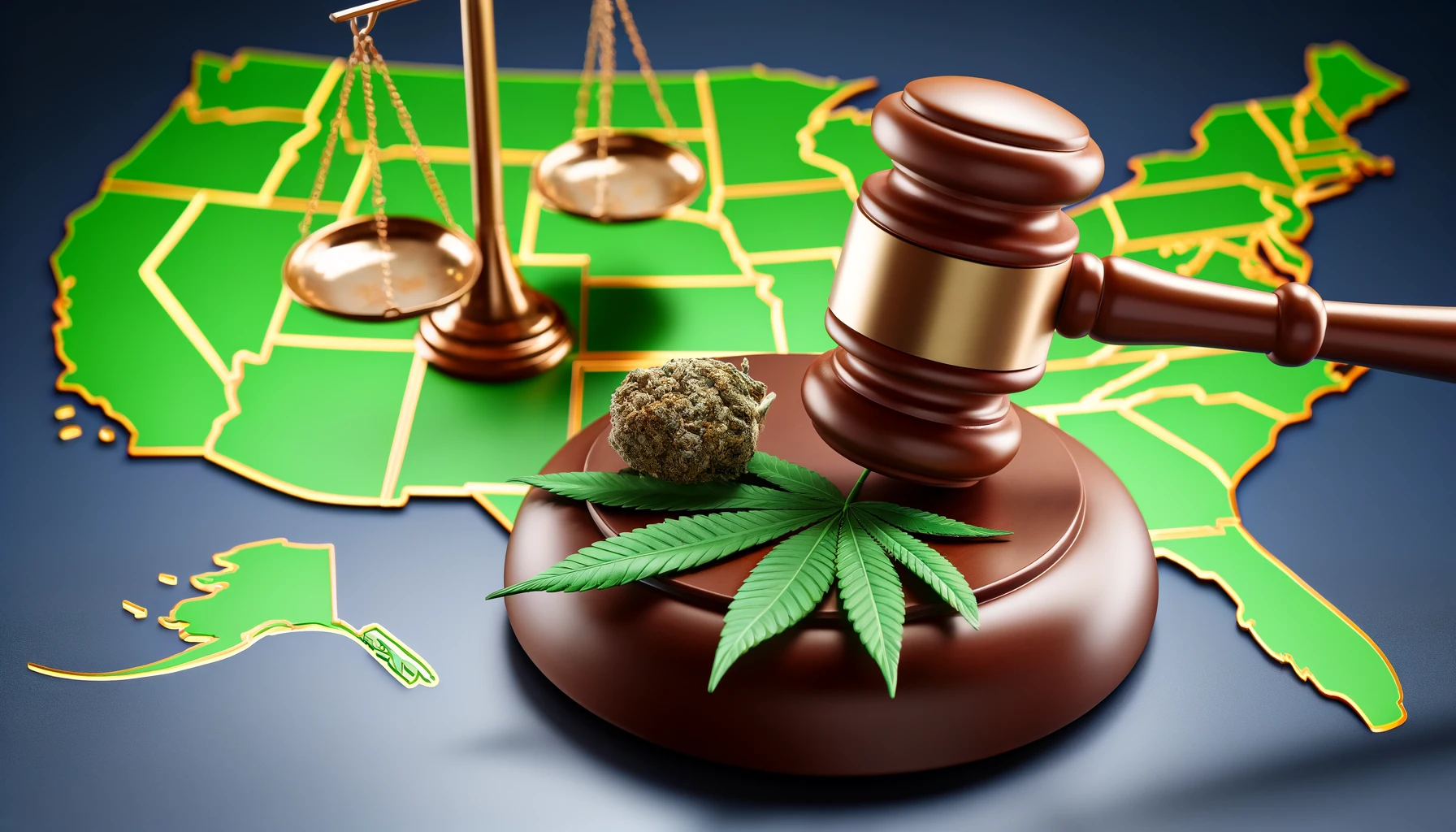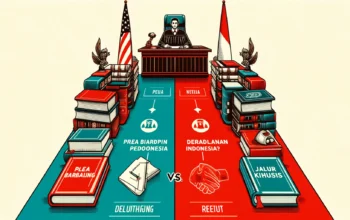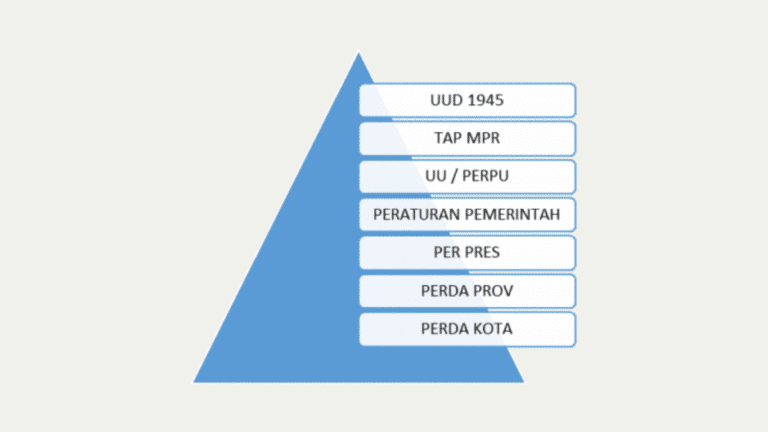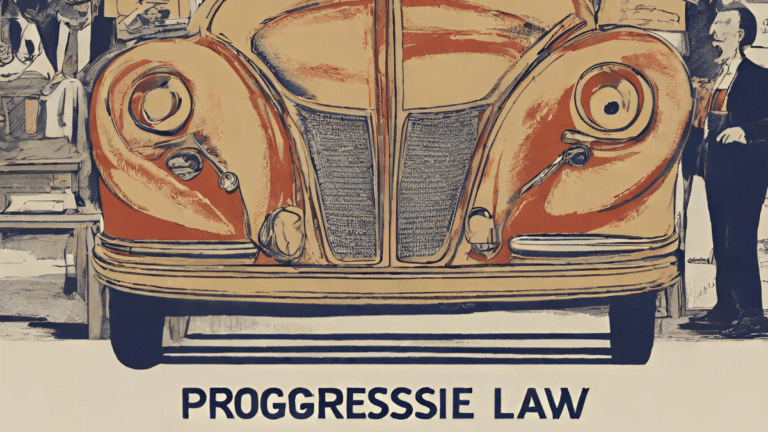Legal Literacy – The legality of marijuana remains the most discussed and controversial legal topic in the United States. The evolving legal landscape of cannabis, which includes medical, recreational, and economic implications, is attracting significant public and academic interest. This article provides an in-depth analysis of cannabis legislation in the US, covering history, current legal status, economic impact, and future prospects.
Historical Context in the United States
Initial Ban
Marijuana was first regulated in the United States through the Marihuana Tax Act of 1937, which imposed strict regulations and burdensome taxes on the cannabis industry. This law marked the beginning of a long era of cannabis prohibition, which was further reinforced by the Controlled Substances Act of 1970, which classified cannabis as a Schedule I drug, indicating a high potential for abuse and no accepted medical use.
War on Drugs
The War on Drugs, which began in the 1980s, further intensified the crackdown on cannabis, leading to widespread criminalization and incarceration for cannabis-related offenses. This period was characterized by a zero-tolerance policy and severe penalties for possession and distribution.
Current Legal Status
Federal vs. State Law
The legal status of cannabis in the US is characterized by a complex interplay between federal and state laws. While cannabis remains illegal under federal law, individual states have adopted varied approaches to its legalization.
- Medical Cannabis: As of 2024, 38 states have legalized medical cannabis, allowing patients with qualifying medical conditions to use cannabis with a doctor’s recommendation.
- Recreational Cannabis: 21 states, along with Washington D.C., have legalized recreational marijuana, which allows the use of cannabis for non-medical purposes.
Key Legislative Milestones
- Colorado and Washington: In 2012, Colorado and Washington became the first states to legalize recreational marijuana, setting a precedent for other states to follow.
- California: California, the largest state by population, legalized recreational cannabis in 2016, significantly influencing the national conversation on cannabis legalization.
The Economic Impact of Marijuana Legislation
Market Growth
The legal cannabis market is experiencing rapid growth, with the industry projected to reach annual sales of $41 billion by 2025. This growth is driven by rising consumer demand, legalization expansion, and the emergence of new cannabis products and services.
Job Creation and Tax Revenue
Cannabis legalization has brought substantial economic benefits, including job creation and increased tax revenue. The cannabis industry supports more than 400,000 jobs in the US, ranging from cultivation and retail to ancillary services such as marketing and legal compliance. Additionally, state and local governments have generated billions of dollars in tax revenue from cannabis sales, funding public services such as education, health, and infrastructure.
Social and Legal Implications
Criminal Justice Reform
One of the most significant impacts of cannabis legalization is its potential to address racial and social injustices associated with the War on Drugs. Legalization efforts often include provisions for the expungement of criminal records for non-violent cannabis offenses, thereby reducing the long-term consequences of past convictions on individuals’ lives.
Public Health and Safety
Legalization also brings public health and safety considerations to the forefront. The regulated cannabis market aims to ensure product safety through testing and labeling requirements, reducing the risks associated with black market cannabis. However, concerns about increased access for youth, drunk driving, and mental health effects continue to require a strong regulatory framework and public education campaigns.
Future Prospects
Federal Legalization
The push for cannabis legalization at the federal level has gained momentum in recent years, with several bills introduced in Congress. Federal legalization would resolve current conflicts between state and federal laws, provide uniform regulations and facilitate interstate commerce. However, significant political and logistical challenges remain, including opposition from some legislators and regulatory agencies.
International Trends
The US is part of a broader global trend towards cannabis legalization. Countries like Canada and Uruguay have fully legalized cannabis, while others, including Germany and Mexico, are considering similar measures. The international movement towards cannabis reform might influence US policy and contribute to a more coordinated global approach to cannabis regulation.
Conclusion
Cannabis legislation in the United States continues to evolve, reflecting changing societal attitudes and a growing recognition of the potential benefits of legalization. While significant progress has been made at the state level, the path to federal legalization remains complex and uncertain. As the legal landscape changes, continued research and policy analysis will be critical to understanding and addressing the multifaceted implications of cannabis legalization.






